TOUCH!
A Multi-sensory Emotional Communication System
Overview
TOUCH! is an interactive system combining a smart ring and a social media app, designed to foster heart-to-heart communication and deeper connections. By leveraging multiple sensory channels, it enables users to express and perceive complex emotions in a more intuitive and unique way.


























%201.png)

